A series of posters that display different words that can be used for different emotions.
Build Vocabulary Skills and Emotional Awareness with Printable Emotions Synonym Charts
Now more than ever, emotional awareness and emotional intelligence need to work their way into the everyday classroom setting… but sometimes, there’s just no more wall space to hang another reference guide or anchor chart. We’ve put together a resource designed to boost emotional intelligence and vocabulary skills simultaneously. There’s no need for a synonyms bulletin board and an emotions bulletin board when you can have both at once! These fifteen feelings anchor charts perfectly blend writing, vocabulary, and social-emotional learning into your instruction.
The following printable emotions synonym charts are included in your download.
- excited synonyms
- shy synonyms
- angry synonyms
- surprised synonyms
- worried synonyms
- hungry synonyms
- nervous synonyms
- tired synonyms
- sick synonyms
- frustrated synonyms
Why is Emotional Intelligence Important?
- Learning about different emotions helps kids develop emotional intelligence, which involves understanding and managing their own emotions and recognizing and empathizing with the emotions of others. Emotional intelligence is a key skill for building positive relationships, communicating effectively, and making sound decisions.
- Understanding different emotions helps children become more self-aware, allowing them to identify their emotions better and understand why they might feel a certain way. This can help them regulate their emotions better and respond appropriately to different situations.
- Understanding emotions can help kids develop better social skills. When they recognize and understand how others are feeling, they are better equipped to communicate effectively, show empathy, and build positive relationships.
- Knowing about different emotions can help children cope with difficult situations, such as when they are feeling sad, angry, or scared. When kids can identify their own emotions, they are better equipped to communicate their needs to adults and seek help when necessary.
Download and Print Your Emotions Anchor Charts
This is a no-prep resource! Use the dropdown arrow on the download button to select the full-color or black-and-white PDF file. Download your files, print your posters, and put them on display! Now your students have a synonym reference guide that helps them understand their emotions as well.
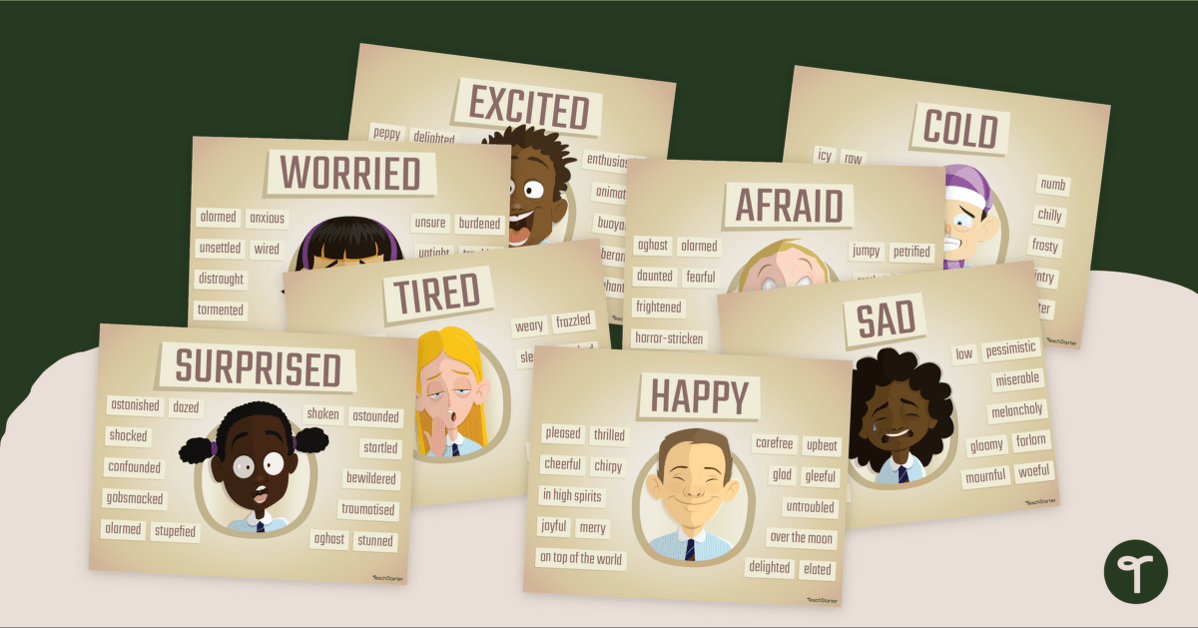

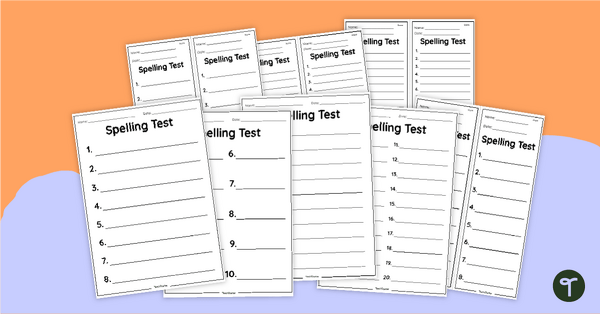
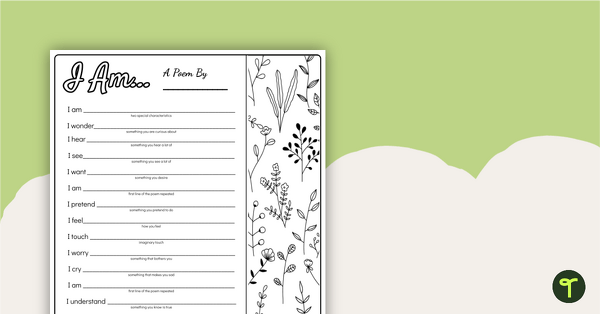
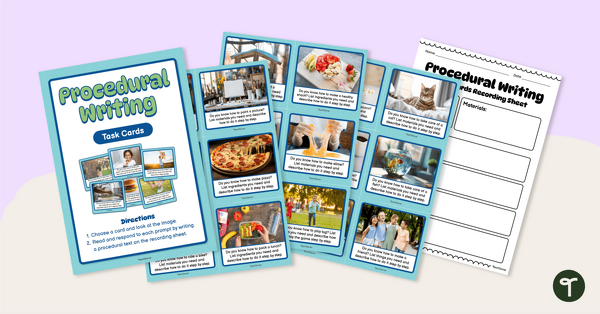
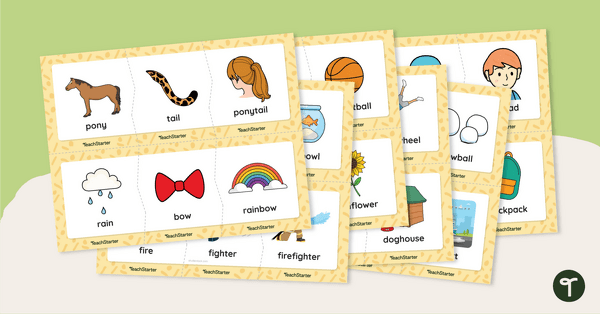
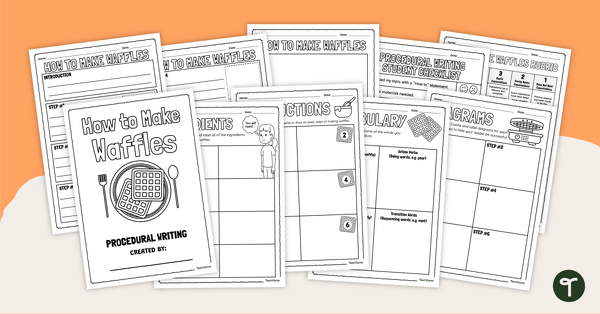

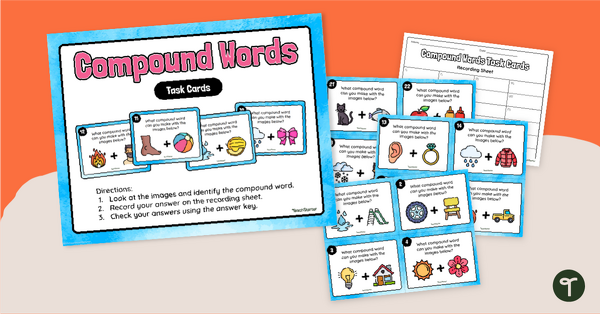

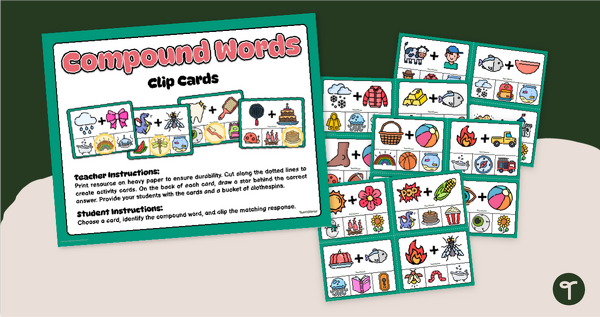
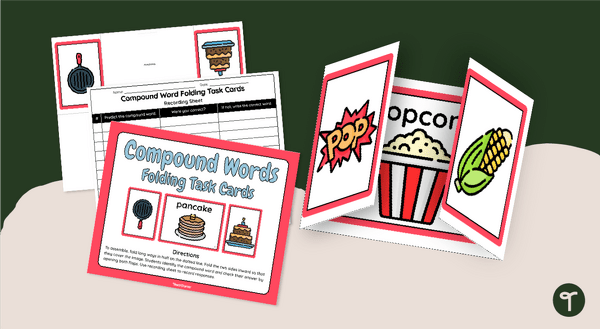
0 Comments
Write a review to help other teachers and parents like yourself. If you'd like to request a change to this resource, or report an error, select the corresponding tab above.